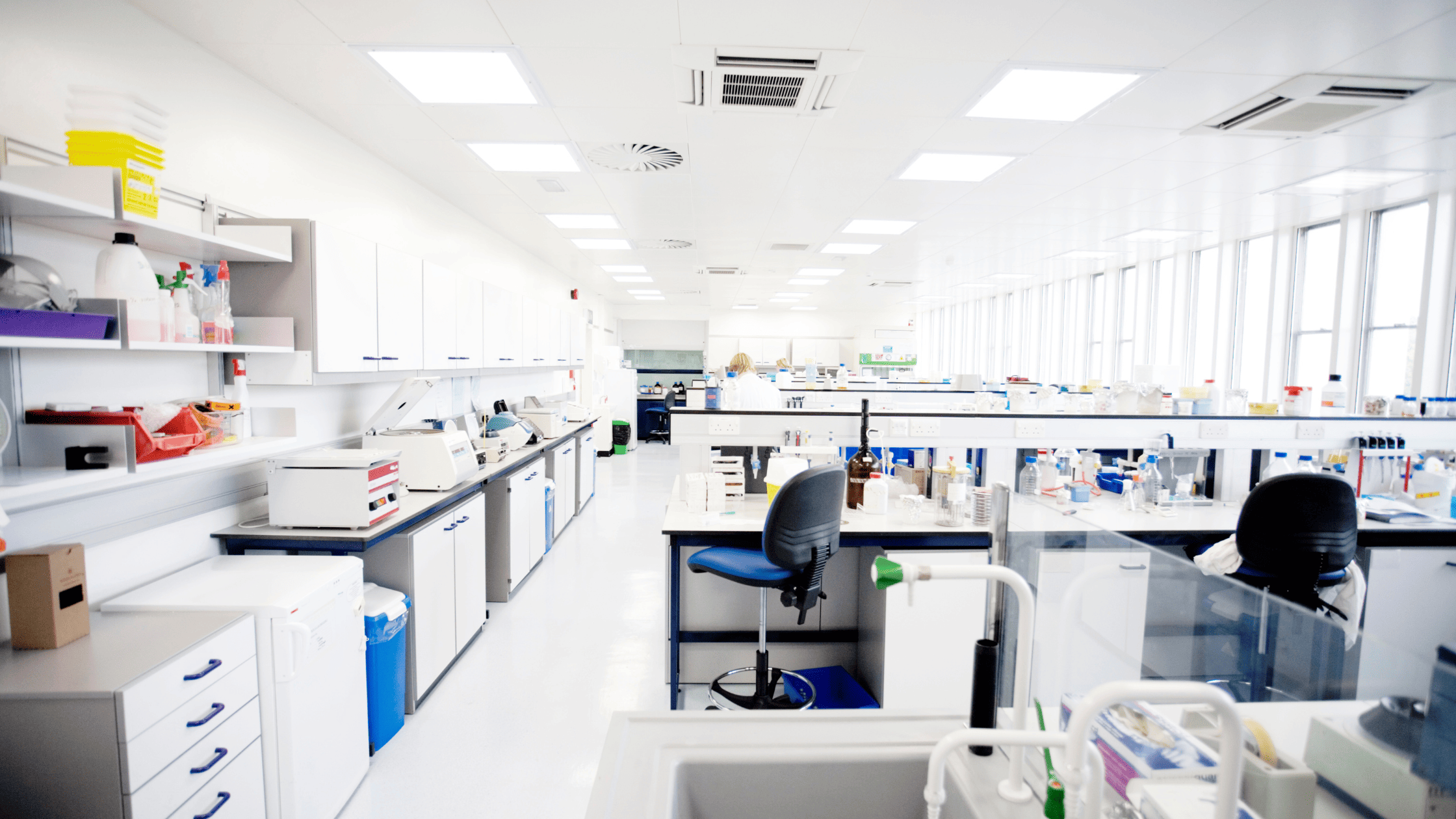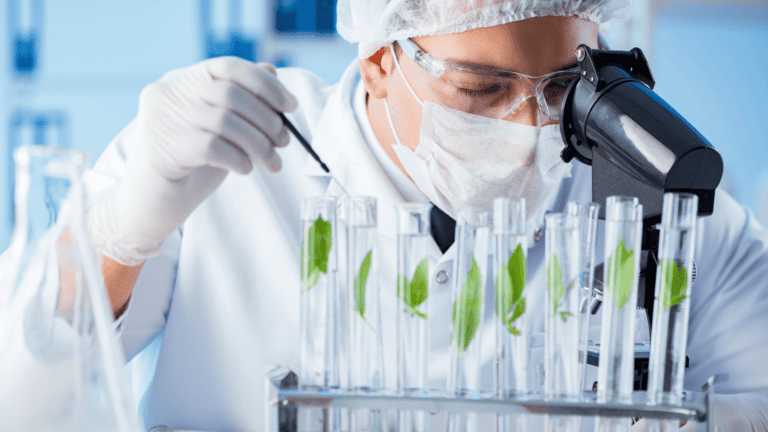Top 5 Laboratory Equipment Innovations You Need to Know About in 2025

The world of laboratory equipment is continuously evolving, driven by advancements in technology and scientific research. As we move into 2025, several innovative lab tools and technologies are emerging, offering higher precision, greater efficiency, and enhanced user experience. In this blog post, we’ll explore the top five laboratory equipment innovations that are set to revolutionize research and experimentation in the coming year.
1. AI-Powered Lab Instruments for Enhanced Precision
Artificial Intelligence (AI) is making its mark on laboratory equipment, enabling scientists to achieve unprecedented levels of precision and efficiency. AI-powered lab instruments can process complex data faster and more accurately than traditional devices. For instance, AI algorithms can analyze experimental results in real-time, identify trends, and even predict future outcomes based on past data.
These innovations are particularly useful in fields such as medical research, biotechnology, and materials science. AI-powered equipment, like automated microscopes and diagnostic tools, significantly reduces human error, enhances reproducibility, and streamlines workflows, allowing researchers to focus on more critical aspects of their work.
2. Lab-on-a-Chip Devices for Miniaturized Testing
Lab-on-a-chip (LOC) technology is revolutionizing how testing and experiments are conducted in various fields, including diagnostics, environmental monitoring, and drug development. These microfluidic devices allow researchers to perform a wide range of analyses on a single chip, drastically reducing the time and cost associated with traditional testing methods.
In 2025, LOC devices are expected to become even more advanced, enabling complex biochemical and genetic analyses in a fraction of the time it would take with conventional equipment. These innovations will empower labs to conduct high-throughput screening, diagnostics, and personalized medicine testing with greater accuracy and speed.
3. Smart Lab Sensors for Real-Time Monitoring
Real-time data collection and analysis are critical in laboratory environments, especially when it comes to experiments that require precise monitoring. Smart lab sensors are taking the lead in providing continuous, real-time monitoring of various parameters such as temperature, humidity, pH levels, and chemical concentrations.
These sensors are integrated with advanced software that alerts scientists when certain parameters deviate from the desired range, allowing them to make adjustments before errors occur. Smart sensors not only improve the accuracy of experiments but also enhance safety by preventing accidents due to environmental changes.
4. 3D Bioprinting for Advanced Medical Research
3D bioprinting is one of the most exciting innovations in laboratory equipment, particularly in the medical field. This technology allows for the creation of complex, three-dimensional tissue models by printing cells and biomaterials layer by layer. In 2025, 3D bioprinting is expected to make significant advancements, allowing for the development of more sophisticated tissue models for drug testing, disease modeling, and personalized medicine.
Researchers will be able to print tissues with intricate structures that mimic human organs, enabling faster development of medical treatments and reducing the reliance on animal testing. This breakthrough has the potential to transform regenerative medicine and medical research, providing scientists with the tools they need to better understand diseases and develop targeted therapies.
5. Automated Lab Robotics for Streamlined Operations
Automation in laboratories has been gaining momentum for years, and in 2025, lab robotics will become even more integral to laboratory operations. From sample preparation to data analysis, automated robots are streamlining repetitive tasks, freeing up researchers to focus on more complex and creative aspects of their work.
These robotic systems are equipped with advanced software and AI capabilities, allowing them to perform tasks such as pipetting, sample mixing, and data recording with incredible precision. The increased use of lab robotics will improve efficiency, reduce human error, and speed up the pace of research, particularly in high-throughput environments like pharmaceutical development and clinical testing.
Conclusion: The Future of Laboratory Equipment is Here
As we look toward 2025, the laboratory equipment industry is on the cusp of a technological revolution. From AI-powered instruments to 3D bioprinting and lab robotics, the future of laboratory research is becoming more automated, precise, and efficient. These innovations are not just changing the way we conduct experiments; they are opening up new possibilities in medicine, environmental science, biotechnology, and beyond.
To stay ahead in the ever-evolving scientific world, it’s crucial to embrace these advancements. Investing in cutting-edge lab equipment will empower researchers to push the boundaries of what’s possible and drive the next wave of innovation.
Interested in upgrading your lab equipment for 2025?
Explore Nanotec’s range of cutting-edge laboratory equipment designed to help you achieve the highest standards in research and experimentation.


